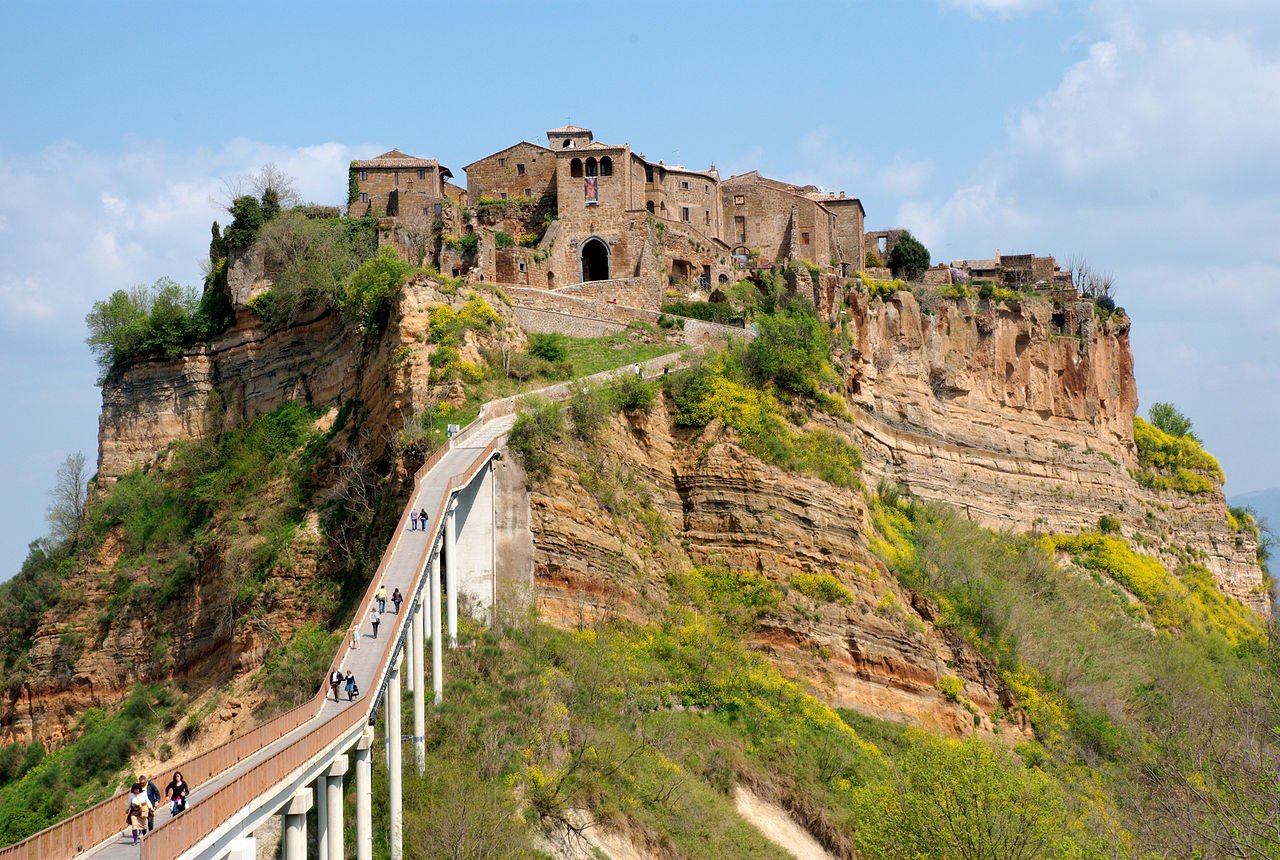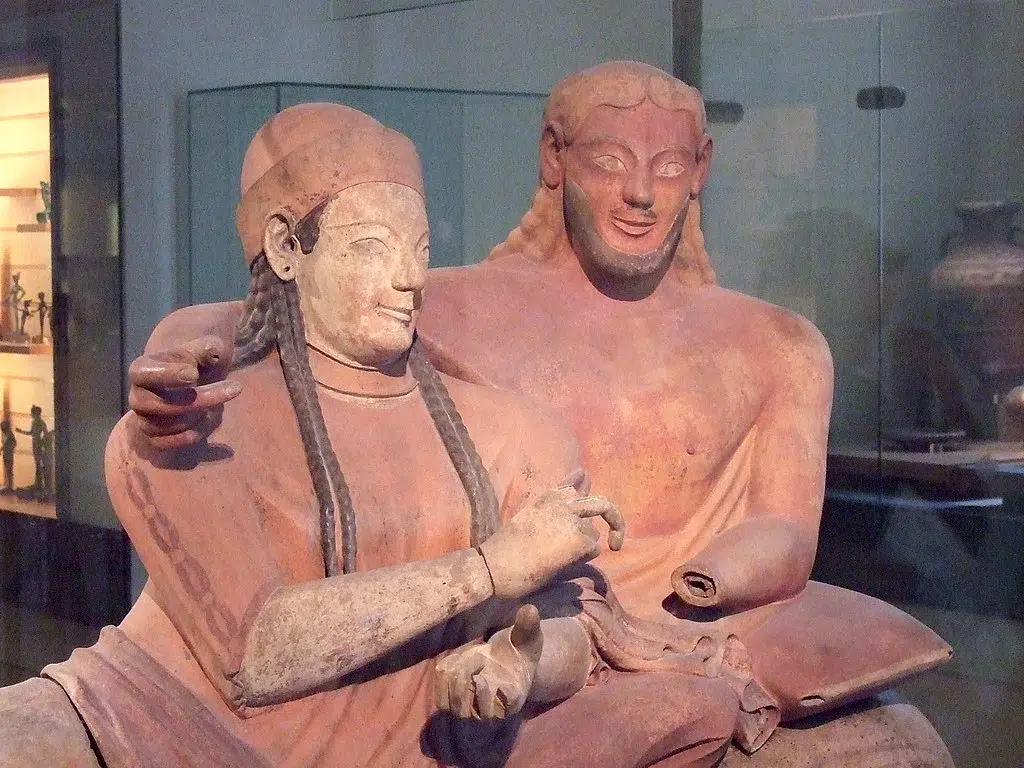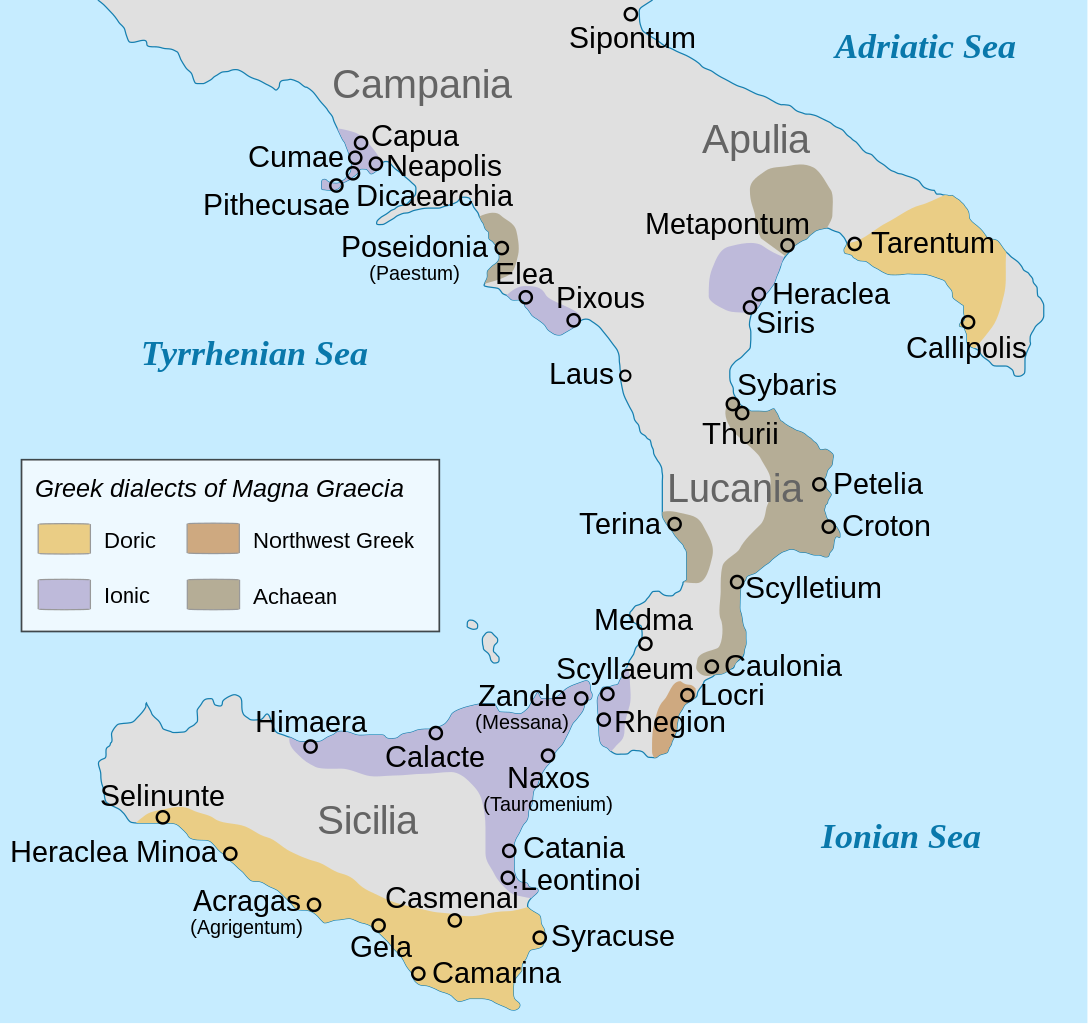
The Etruscans and Romans were fierce rivals in early Italic history. Obviously, the Romans ended up being victorious since the Mediterranean came to be dominated by a Roman empire rather than an Etruscan. Yet, what did this rivalry look like? How and when did the Romans beat the Etruscans?
Initial Etruscan dominance
While Rome was still growing in power and importance, the Etruscans dominated much of Central Italy. It had significantly expanded after 700 BCE, and by about 600 BCE, there is evidence that an Etruscan dynasty was even ruling Rome.
Still, even with an Etruscan dynasty, Rome and Etruria were two distinct entities. Thus, they continued to be rivals. There was political turmoil in Rome towards the end of the sixth century BCE. According to later records, Lucius Junius Brutus, a prince of the Etruscan dynasty, overthrew the monarchy and established a republic.
However, some of the expelled members of the monarchy fled to the Etruscans to ask for help. Led by the king of the Etruscan city of Clusium, Lars Porsena, the Etruscans attacked Rome. Scholars believe that Lars Porsena actually captured the city and ruled it for a time.
What happened next is not completely clear. According to some accounts, the Etruscan king was so impressed with the bravery of several Romans in their attempt to defy him that he decided to peacefully withdraw from the city. In any case, it does seem that some kind of peace treaty was established between the Etruscans and Rome.
Yet, despite this, there are records of Lars Porsena subsequently attacking the Roman city of Aricia. Clearly, there was still conflict between the two powers.

Weakening of Etruscan dominance
It was around this time that the Etruscan dominance over much of Central Italy began to weaken. At the aforementioned attack of Aricia, the Romans there requested help from the Greek city of Cumae in Southern Italy. The Greeks helped the Romans gain a victory against the Etruscans.
Even independently of the conflict with the Romans, the rise of the Greek cities in Southern Italy (Magna Graecia) was putting a lot of pressure on the Etruscans. If the Greeks had been removed from the equation, perhaps history would have progressed differently, and the Etruscans would have been able to withstand the Romans.
In any case, what we know is that the Greeks and Romans continued rising in power and putting pressure on the Etruscans. Yet, the Etruscans remained a force to be reckoned with.

Battle of the Cremera
An Etruscan city not too far from Rome was Veii. For a long time, this city was at peace with Rome. Then, in 483 BCE, according to later records, war broke out between the Etruscans of Veii and the Romans.
This conflict continued for several years, with the Etruscans attempting to inflict raids on Rome itself. A Roman family called the Fabii took over the responsibility of fighting back against these Etruscans. They stationed themselves on the Cremera stream.
After a long stalemate, the Etruscans of Veii devised a plan to ambush the Fabii at the Cremera in 477 BCE. The plan worked, and the Fabii were completely slaughtered. The Etruscans followed through by continuing their attack on the city of Rome itself. They managed to occupy the Janiculum, a major hill just outside the ancient city.
Fighting occurred within the city, too, but eventually, the Etruscans of Veii withdrew and focused on attacking the surrounding regions.
The fall of the Etruscans to Rome
Throughout the rest of the fifth century BCE, the Etruscans experienced severe problems from all sides. From the north, the Celts were trying to expand down into Italy. In addition to taking some northern Etruscan territory, they also successfully conquered the eastern Italian coast adjacent to Etruscan territory, cutting off the Etruscans’ access to the Adriatic Sea.
In the Tyrrhenian Sea to the west, the Greeks of Southern Italy gained dominance following their victory of several key victories against the Etruscans.
With this context in mind, it was only a matter of time before the Romans, ever increasing in power, would be victorious in their wars against the Etruscans. By this time, the Romans had conquered the entire Latin League, thus controlling all of the Latin cities in Italy.
In the year 396 BCE, less then a century after the Etruscans of Veii had defeated the Romans at Cremera, war broke out again between the Romans and Etruscans. This time, the result was a Roman victory under the command of Marcus Furius Camillus. Since Veii was an important city, it was a crushing event for the Etruscans.
The final wars between the Etruscans and Romans
After this, there was no turning back. Rome was only getting more powerful, and the Etruscans continued to face more and more pressure from the Greeks of Southern Italy. In the third century BCE, the Etruscans resorted to allying themselves with other tribes to try to hold back the Romans.
However, even with support from others, the Romans were victorious. The Battle of Sentinum took place in 295 BCE. On the one hand were the Romans, while on the other were the Etruscans, Umbrians, Gauls, and Samnites. This alliance fell to the Romans.
Over the next few decades, city after city fell to the Romans. In the year 280 BCE alone, the Romans conquered several major Etruscan cities. With these major victories, the wars between the Etruscans and the Romans were essentially over.
See all the latest news from Greece and the world at Greekreporter.com. Contact our newsroom to report an update or send your story, photos and videos. Follow GR on Google News and subscribe here to our daily email!



